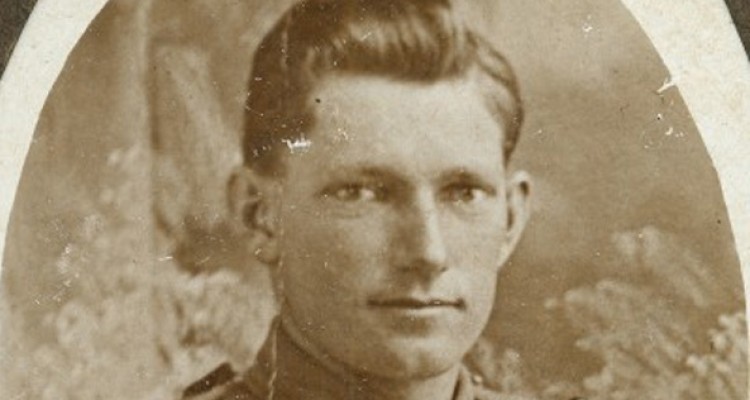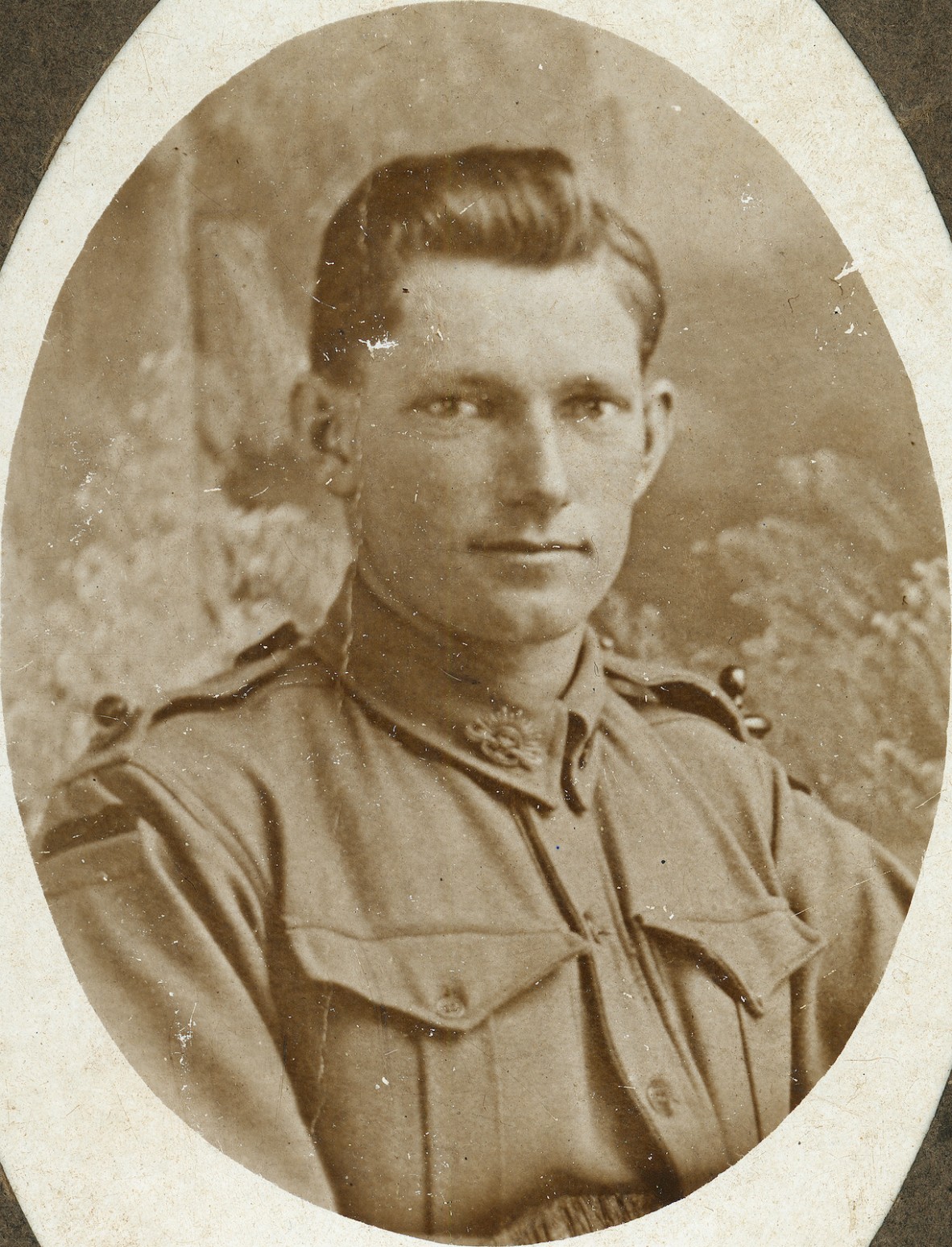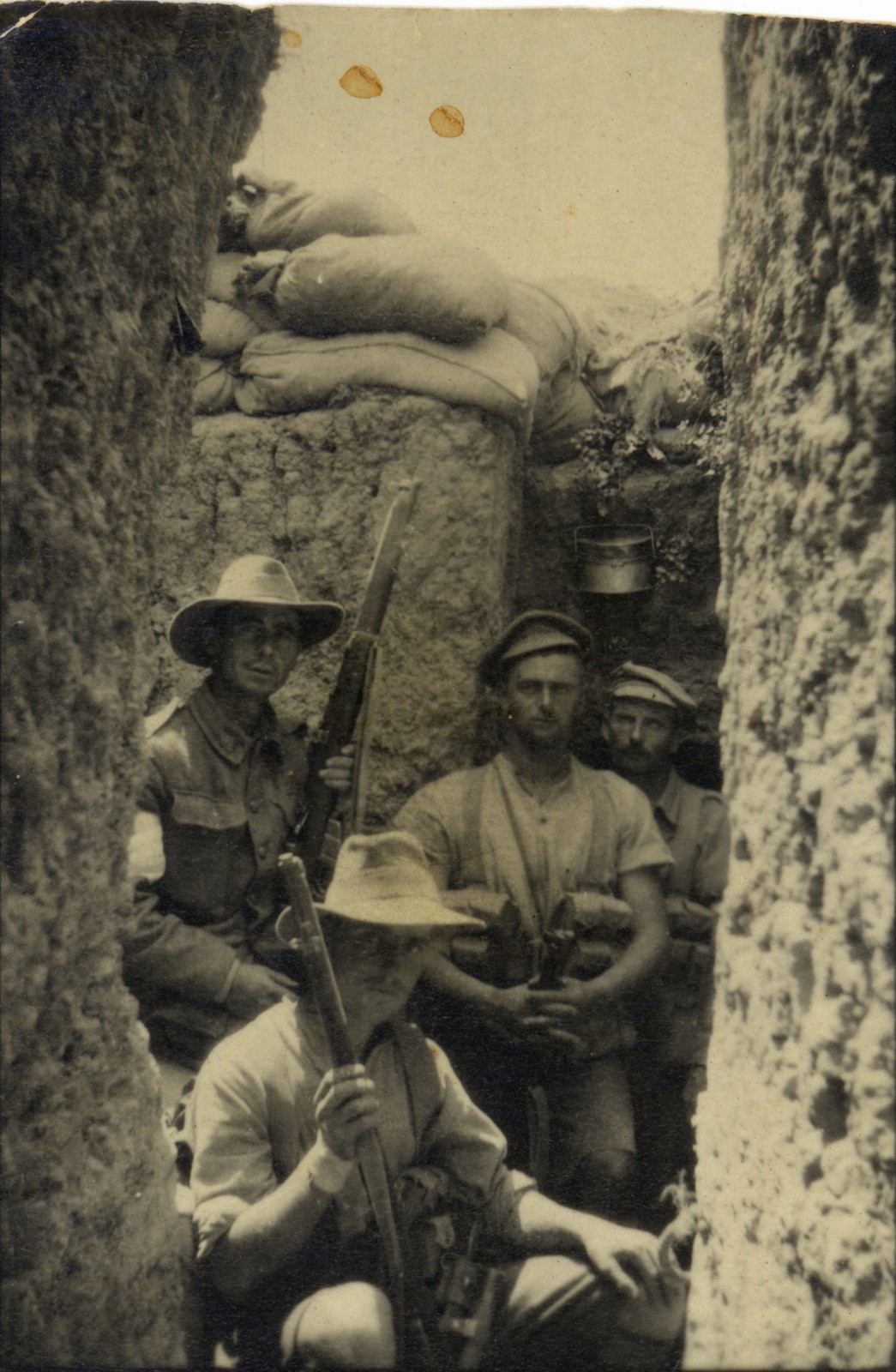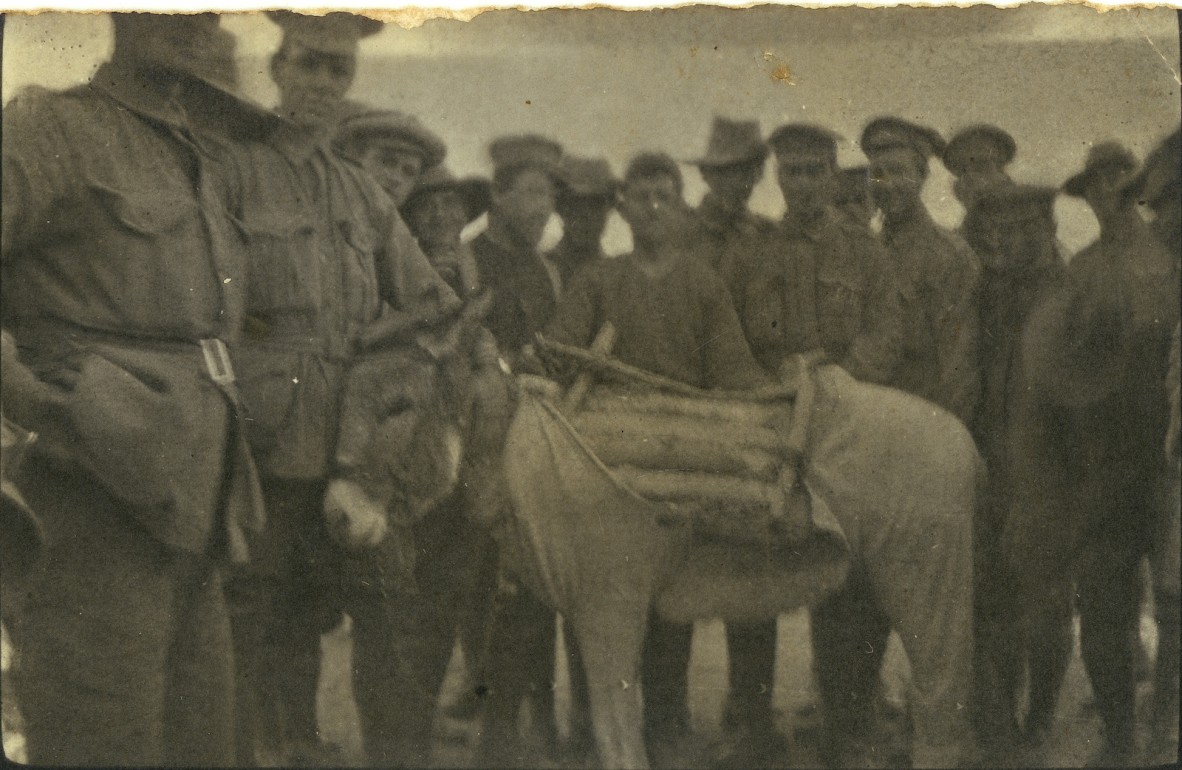
Sharing Stories of Service: Joseph Cecil Thompson
Joseph Cecil Thompson was a 22-year-old farrier from Childers who had already served with the Moreton Bay Infantry Regiment for three years when he enlisted on 22 August 1914, less than three weeks after war was declared on 4 August. After initial training at Enoggera, he was posted to the 9th Battalion, AIF, one of the first battalions raised after war broke out and embarked from Brisbane for Egypt on the troopship HMAT Omrah (A5) on 24 September. Joseph was also a talented musician, and he was assigned to the battalion’s band as a cornet player.

With his battalion, Cecil (as he liked to be known) was among the first to land on Gallipoli, in the early morning of 25 April 1915. The battalion, as part of the 3rd Australian Infantry Brigade, was part of the covering force for the landing and was one of the first ashore that day. As well as carrying a contraband camera, Cecil kept a meticulous diary, and his writing about the landing provides a unique perspective: ‘We commenced our action against the Turks by landing on Gallipoli Pen. We embarked onto a destroyer at 12p.m., and landed in boats at daylight. Our chaps soon had the Turks on the run and chased them from their trenches. Severe fighting all day, and our men severely felt the wont of artillery. Turks knew this and started to counter attack at about 1 p.m.’

Cecil, as a band member, was made a stretcher-bearer, a common practice at the time. He had first-hand knowledge of the numbers of casualties, as well as the types of wounds being suffered on Gallipoli: ‘Shrapnel fire very destructive … Our wounded began to come in in large numbers and a falling back along our whole front began. Wounds are very severe owing to the sharp pointed bullets used by the Turks. Five of the S.B. [stretcher-bearers] wounded up till about six o’clock. Firing continues after a heavy bombardment by the ships in the afternoon. Casualties very heavy.’

Cecil soon found himself promoted to corporal, then to lance sergeant, and he was put in charge of his own team of stretcher-bearers. This was an exceedingly dangerous job, especially given the close proximity of the enemy’s trenches, working around and through the hillside trenches and dugouts of the area that came to be known as Anzac. Cecil was exposed to the horrific wounds inflicted on the battlefield, but comradeship and teamwork helped him cope with the grim reality of his duties. His photographs focus on his comrades in the trenches and depict intimate scenes of camp life.

Cecil survived his dangerous duties on Gallipoli, but fell ill with typhoid in August 1915 and was evacuated to Egypt. After months spent recovering, he rejoined his unit on the island of Lemnos on 10 December, just before the British commanders finally decided that the peninsula could never be taken and withdrew the troops, beginning on the night of 15 December.
The 9th Battalion was redeployed to the Western Front, and Cecil arrived at Marseilles on 3 April 1916. The battalion’s first action was at Pozières, and after that they were involved in actions at Ypres before returning to the Somme for the bleak winter of 1916–17. In 1917, the battalion moved back to Belgium for the advance on the enemy stronghold, the Hindenburg Line. In March and April 1918, they helped stop the Germans’ Spring Offensive and were involved in the great Allied push of 1918, fighting near Amiens on 8 August during the British Army’s greatest single-day success on the Western Front. During this entire period, Cecil survived gas attacks and the bloody actions the battalion was involved in, leading his team of stretcher-bearers in the hazardous task of retrieving the wounded from muddy battlefields.

He also continued working as a bandsman. Each battalion had its own band. After the heavy losses on Gallipoli the army attempted to form composite bands at brigade level; however, the battalion bands struggled on. In fact, the importance of the bands was recognised by commanders, and in 1916 they ordered that every battalion or brigade should have a band ‘of some kind’.
They played a significant role in maintaining morale and entertaining troops when they were out of the lines. They played hymns at church parades and concerts at sporting matches, accompanied the troops during long route marches and played the battalions ‘in’ to their destination. The 9th Battalion band, for which Cecil played his cornet, were complimented on their ‘thoughtfulness’ in playing ‘Veni, Vidi, Vici’ (this Latin phrase, supposedly uttered by Julius Caesar, means ‘I came, I saw, I conquered’) as the battalion marched through the French village of Dernancourt.

When Cecil took leave from 9 September to 3 October 1918, the fighting for the 9th Battalion was over. The guns finally fell silent at 11 am on 11 November. It had been a long war for Cecil, and he was granted ‘special 1914 leave’ and given 75 days rest and recreation in Britain. Cecil finally returned to Australia on board the Sardinia, arriving home on 11 June 1919. He had been away at war for almost five years. Cecil was granted a 340-acre selection in 1921 at Isis, close to his hometown of Childers.
This year to commemorate Anzac Day we will be featuring stories of service of three Queensland heroes; Joseph Cecil Thompson (WWI), Alan Groom (WWII) and Lorraine Hatton (Current Indigenous Elder of the Army). We encourage you to share your stories of service with us. To learn more about this campaign and how you can contribute, as well as upcoming events, visit our website.
Additional Resources:
-
John Cecil Thompson Collection: https://onesearch.slq.qld.gov.au/permalink/61SLQ_INST/tqqf2h/alma99295063402061
-
Service Record: https://recordsearch.naa.gov.au/SearchNRetrieve/Interface/ViewImage.aspx?B=1834634
-
Letters From the Front: https://trove.nla.gov.au/newspaper/article/150951888?searchTerm=%22Joseph%20Cecil%20Thompson%22